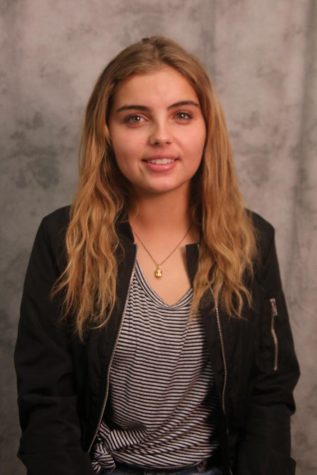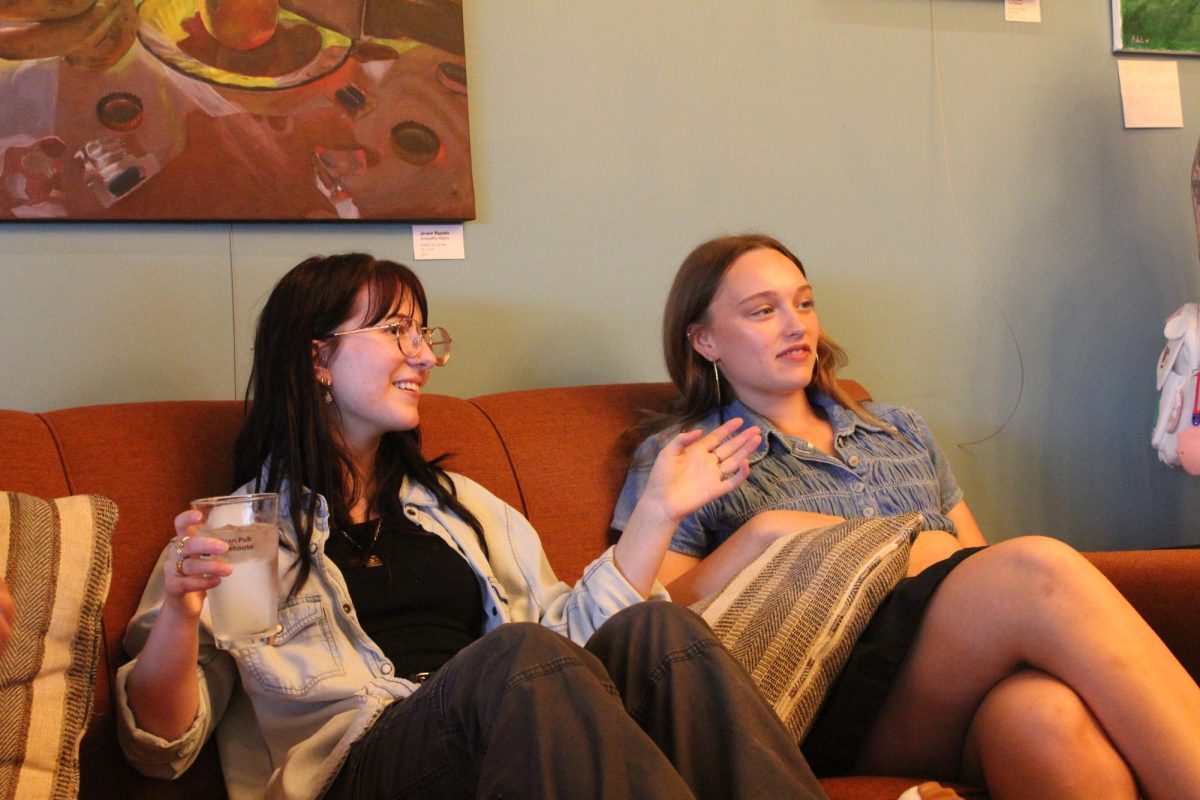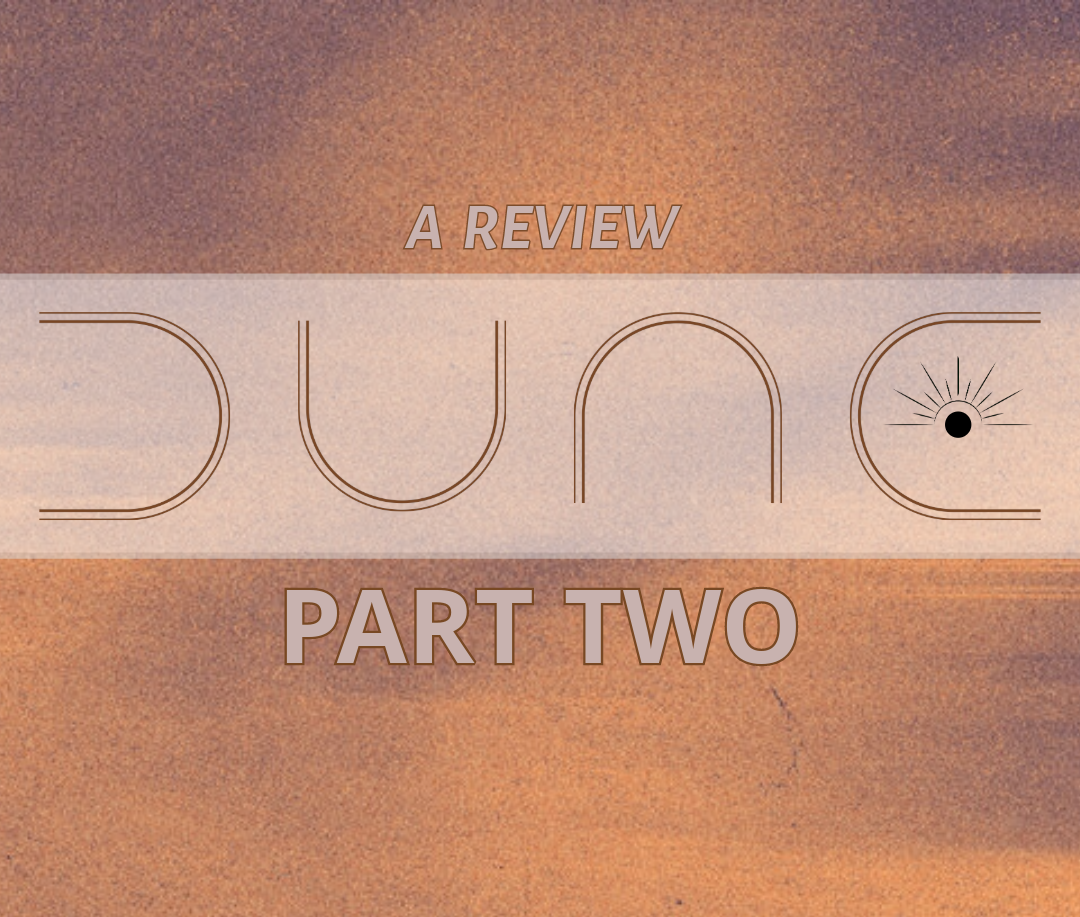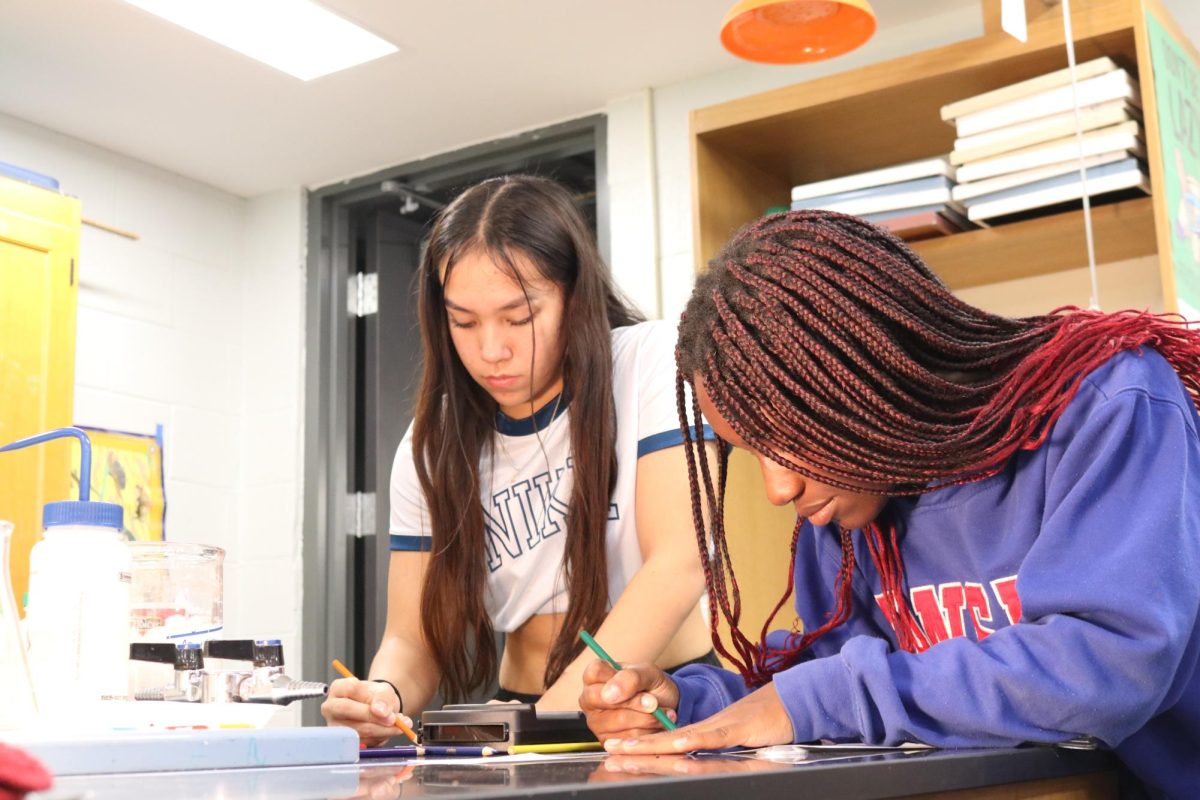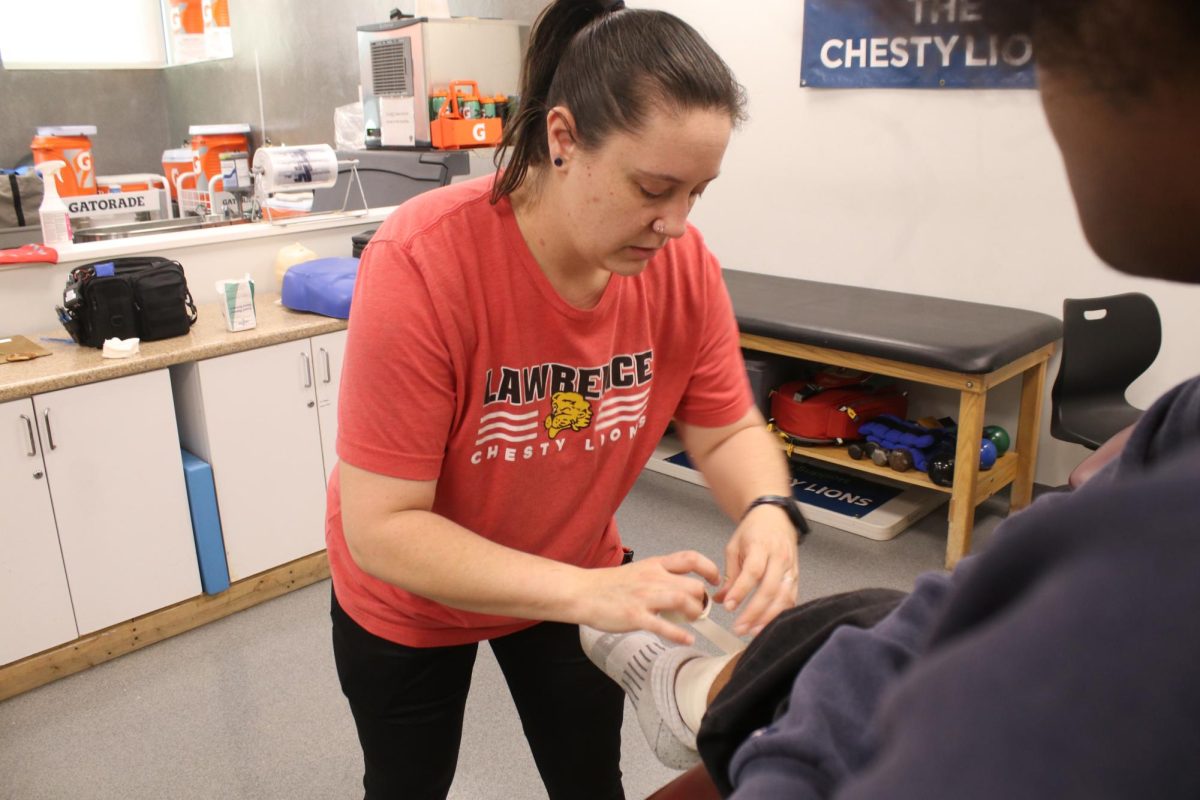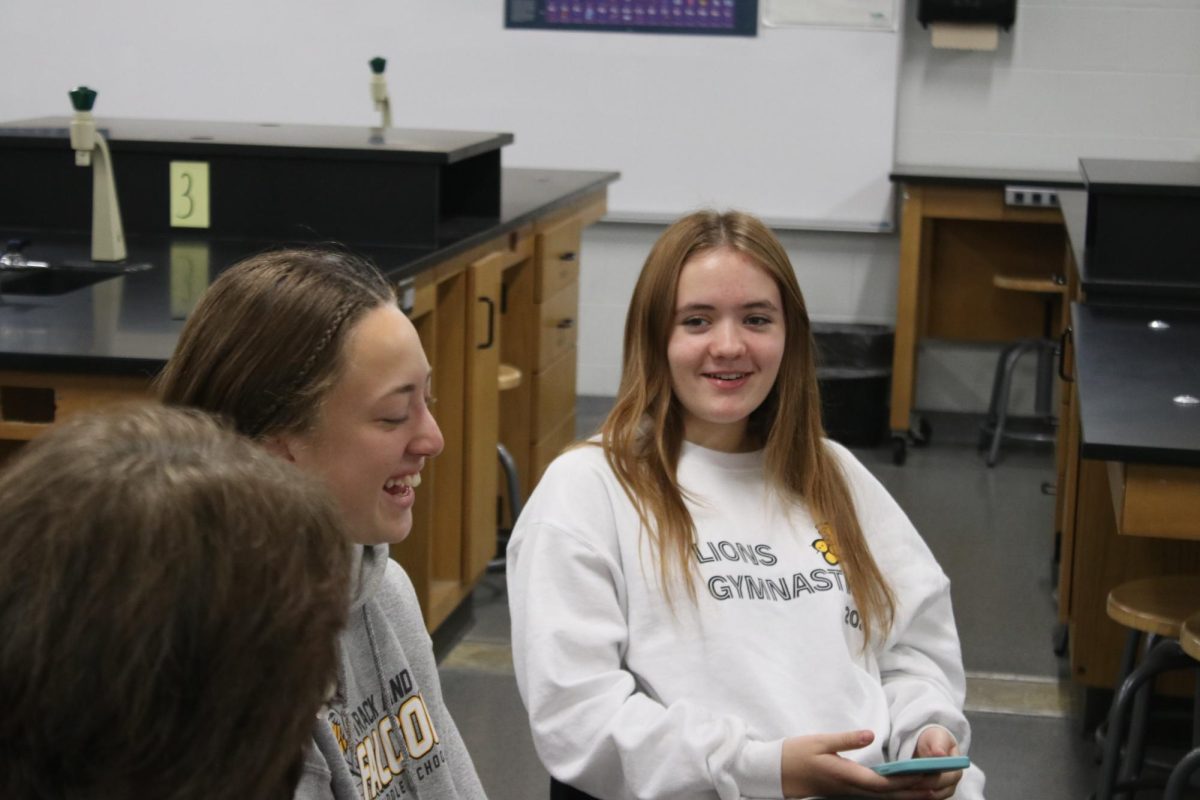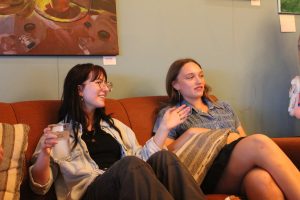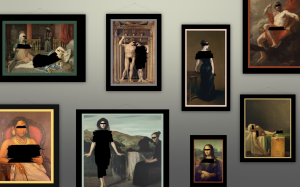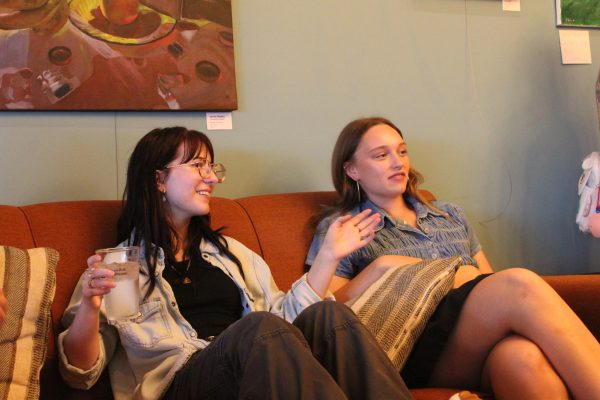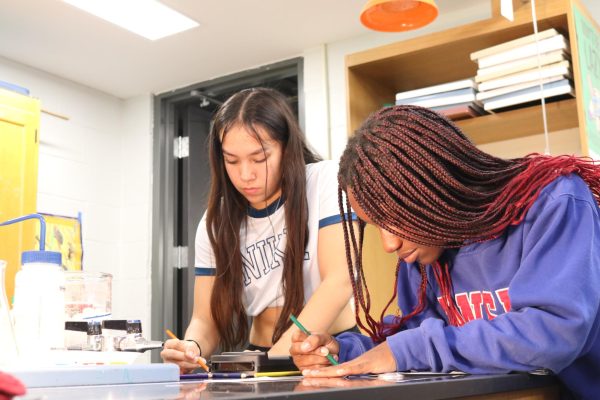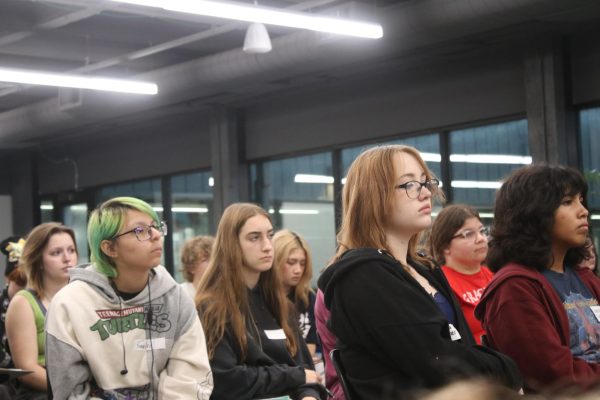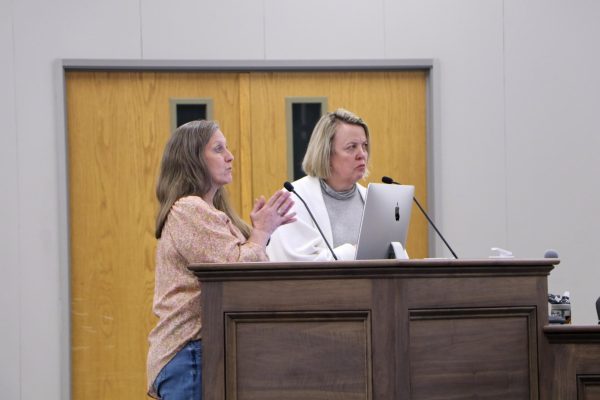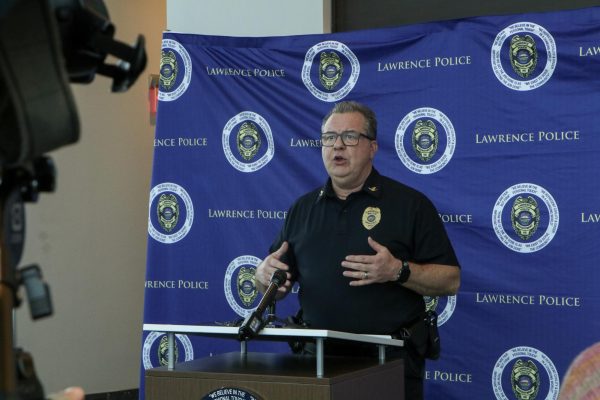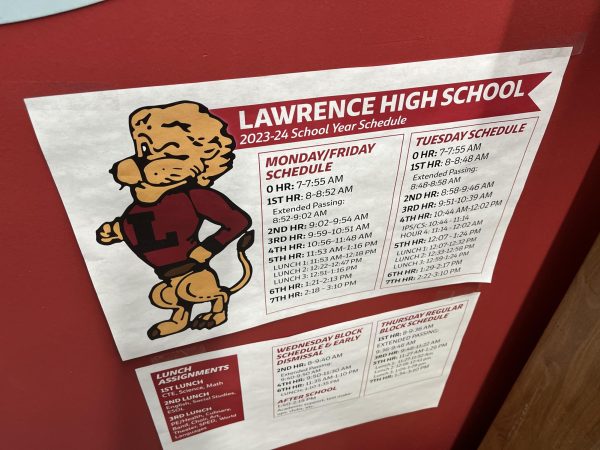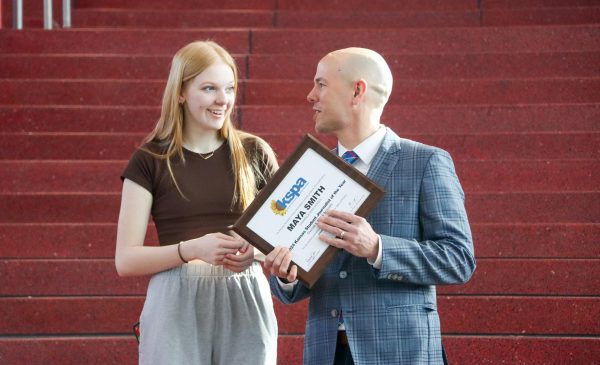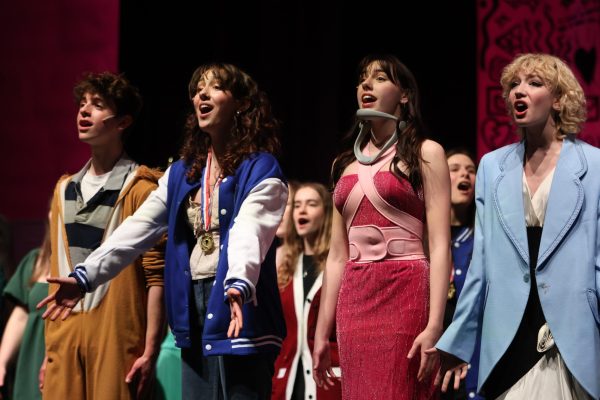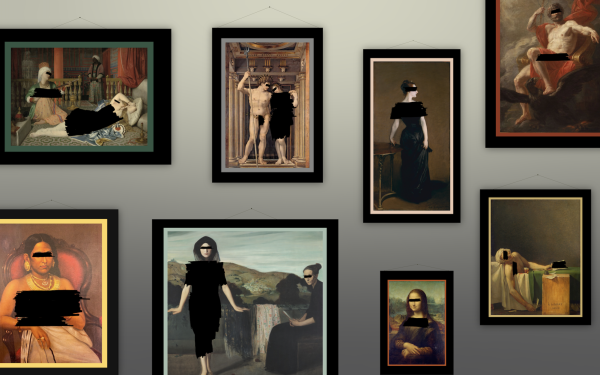AP students compete at National History Day
March 6, 2017
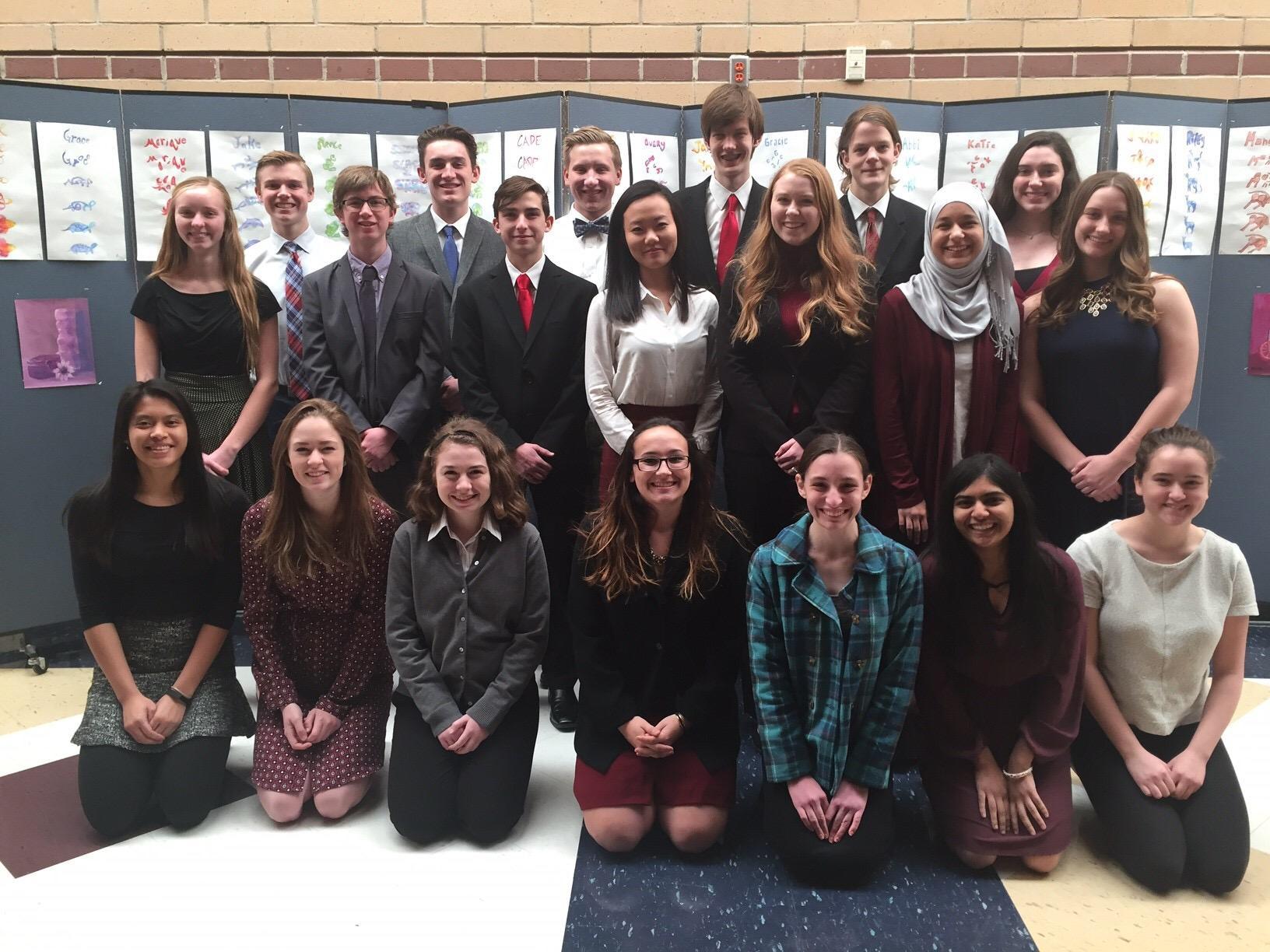
Regional Competition for National History Day looked like a science fair. There were individual projects on an array of topics, but with history.
Students from across northeast Kansas gathered at Blue Valley West high school on Saturday, Feb. 25 to present their National History Day projects.
Of the 15 group and individual competitors from LHS, ten qualified for state competition April 29 at Washburn University.
Projects included exhibits, websites, documentaries and performances all centered on this year’s theme of “taking a stand” in history.
“There are a lot of possible exhibits, with a lot of different stands that can be taken,”history teacher Valerie Schrag said. “History topics can either be U.S. or world history based, so when you have the whole world as your inspiration, it’s pretty good.”
Junior Chisato Kimura constructed a website about Fred Korematsu, an activist for civil rights for Japanese Americans during World War I.
“I wanted to do something that tied to my heritage, so looking into Japanese internment was my first step, and I looked at people who were fighting against Japanese internment and Fred was one of the first people that came up,” Kimura said. “We decided to make a website because we thought that it was one of the most accessible ways to give out information.”
Juniors Quentin Harrington and Nick Matthews did an exhibit about Benjamin Franklin, which earned second place in the group exhibit category.
“We did an exhibit because it was the most attractive choice to us, because of its visual aspect and what we could do with it creatively,” Harrington said.
To get students started, AP history teachers Schrag, Tracy Murray, and Jack Hood all had students write a research paper in the fall that could be turned into a project in the spring.
While competing in National History Day offers extra credit, the primary reason students seemed to compete was because they were truly interested in their topics.
“I think the primary reason is a love of history,” Schrag said. “To be able to explore more and go more in depth than we are able to in class.”
While students already had a start with their history papers, it still took some work to turn those into something visually appealing.
“We spent a few long nights working on it [our website] pretty late,” Harrington said.
Along with creating their project medium, participants also have to answer judges’ questions on their project on the fly.
“I think the hardest part is going to be the questioning session because we don’t know what the judges are going to ask us,” Kimura said, “So there’s not really a good way to prepare.”
Schrag said she helped prepare students for this by having students do a practice presentation in front of their class and having students ask them questions.
Another thing she does is provide inspiration.
“On my classroom door I have pictures of the students who competed at the national level the previous summer,” Schrag said, “So everyday, when my students walk in they can say ‘yeah I can do this, because look at who did this last year.’”
Throughout the process, students not only learn about their topic, but also get practice in putting together their project.
“They get to choose how they want to present their information,” Schrag said. “I have students who are considering becoming filmmakers, so creating a documentary gives them a chance to explore that medium and students who want to act, transforming their project into a performance does that as well”.
With over 15 years of participation, National History day has become an LHS tradition with its opportunities for student driven learning on topics of their own personal interest.
“Former students have told me that they just loved doing history day because they got to explore a topic that they were interested in but didn’t have time to explore otherwise,” Schrag said. “The camaraderie that develops through the project and really understanding where your topic fits into history is something that lasts forever.”



